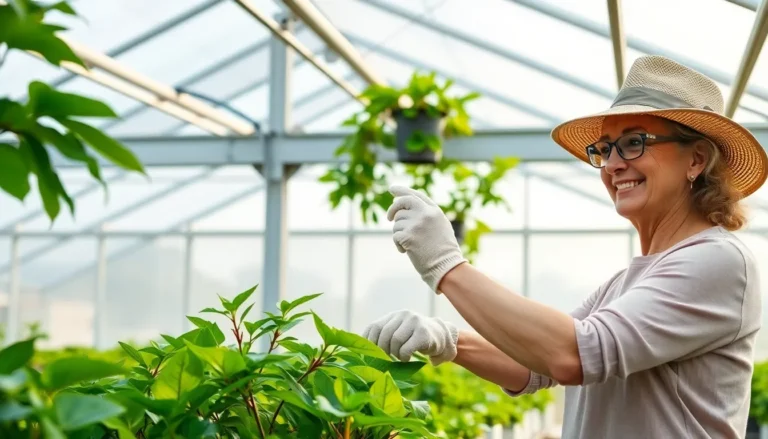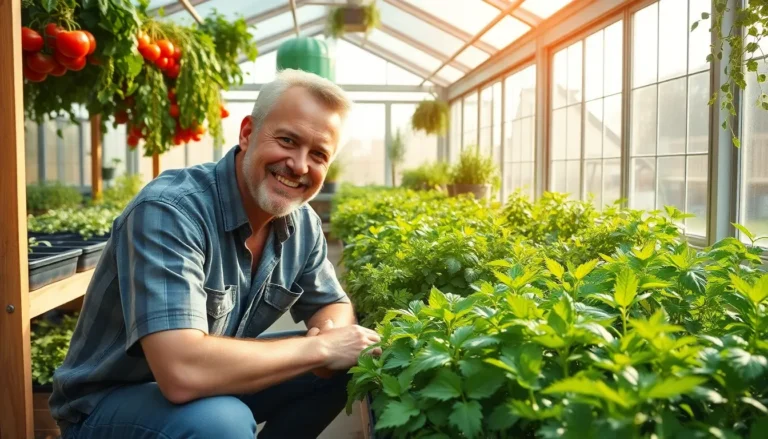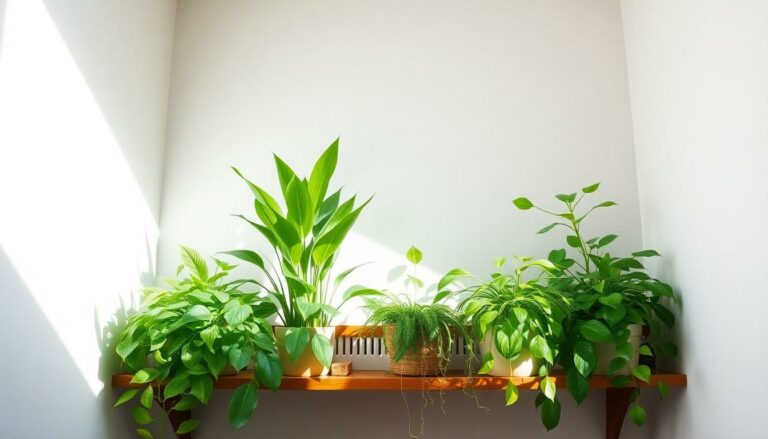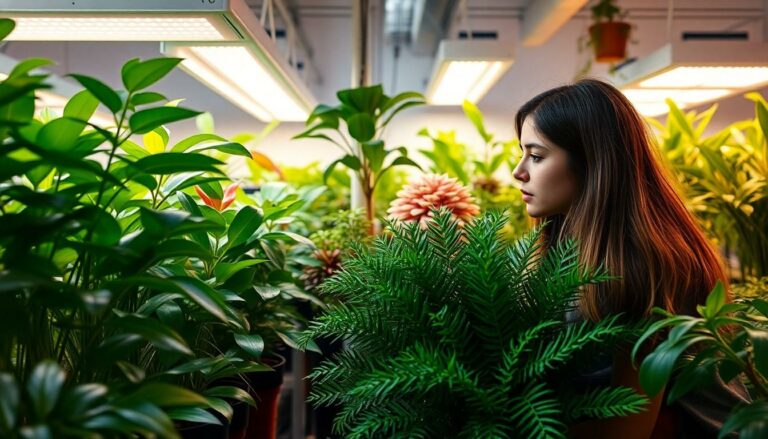The Best Fluffy Pancakes recipe you will fall in love with. Full of tips and tricks to help you make the best pancakes.
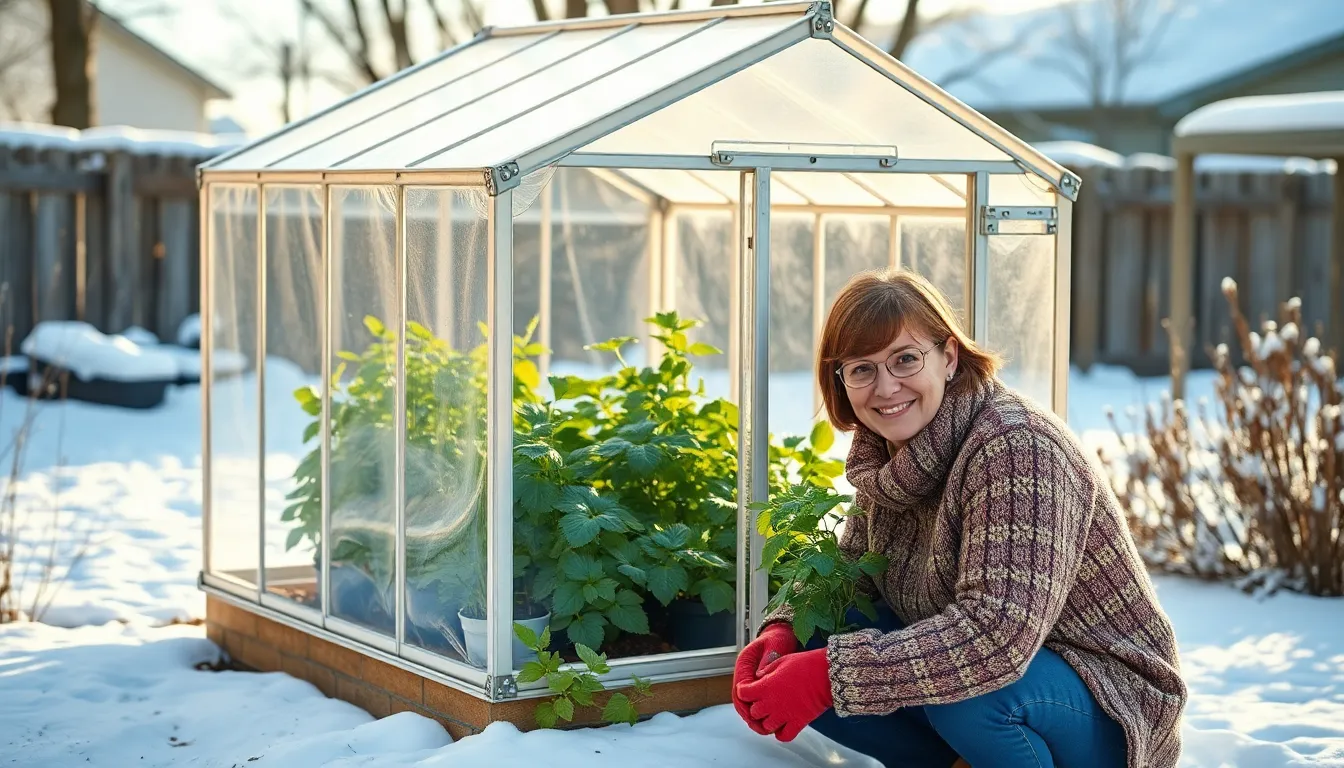
Mini Greenhouse for Winter: Your Secret to Thriving Plants All Season Long
As winter approaches and the chill sets in, many gardeners face the heartbreaking dilemma of saying goodbye to their beloved plants. But what if there was a way to keep that green thumb thriving even in the frostiest months? Enter the mini greenhouse—a gardener’s secret weapon against the winter blues.
Mini Greenhouse For Winter
A mini greenhouse provides essential advantages for gardeners during winter. It creates a stable environment, ensuring plants thrive despite low temperatures.
Extended Growing Season
Mini greenhouses extend the growing season significantly. They facilitate earlier planting in the spring and prolonged harvesting into the fall. Statistics show that plants in mini greenhouses can grow four to six weeks earlier than those exposed to outdoor conditions. Increased warmth promotes active growth, allowing for a wider variety of plants to flourish. Crops like herbs, vegetables, and even flowers benefit from this extended window, which enhances productivity and satisfaction.
Protection From Harsh Weather
Mini greenhouses shield plants from harsh winter weather. They guard against freezing temperatures, harsh winds, and snow, creating a nurturing environment. Without protective barriers, winter storms can damage delicate plants. Structures made from glass or durable plastic effectively trap heat, allowing sunlight to foster growth. Additionally, they prevent frost from settling on plants, ensuring healthier outcomes. This level of protection results in a more successful winter gardening experience.
Choosing The Right Mini Greenhouse

Selecting the appropriate mini greenhouse is crucial for winter gardening success. Considerations include size and materials, both of which impact functionality and plant health.
Size Considerations
Size significantly affects design and layout. Opt for a mini greenhouse that fits available space, whether on a balcony, patio, or in a garden. Compact models often suit limited areas, whereas larger spaces accommodate more extensive setups. Measure the intended location to ensure compatibility. Height is also essential, as taller options provide better air circulation and light exposure. Choose a size that allows easy access for maintenance tasks, such as watering and pruning.
Material Options
Material choice plays a vital role in durability and insulation. Common options include polycarbonate, polyethylene, and glass. Polycarbonate panels offer excellent insulation and resistance to impact. Similarly, polyethylene covers are lightweight and easy to install but may require replacement every few years. Glass greenhouses provide a traditional look with superior light transmission, yet they can be heavier and pricier. Assess climate conditions to select the most suitable material, ensuring optimal protection for plants throughout winter.
Setting Up Your Mini Greenhouse
Setting up a mini greenhouse requires thoughtful planning to optimize plant growth during winter months. Space and conditions significantly influence success.
Location Selection
Selecting the right location for your mini greenhouse impacts temperature regulation and plant health. Choose a spot that receives at least six hours of direct sunlight daily to maximize warmth. Proximity to a water source simplifies maintenance. Consider wind protection; locate the greenhouse near a wall or fence for natural shielding. Avoid shaded areas that can hinder growth, as they may drop temperatures inside the greenhouse. Positioning on elevated ground can prevent frost accumulation, enhancing the overall success of plant health.
Ventilation Tips
Proper ventilation is crucial in maintaining a stable environment within a mini greenhouse. Consider installing vents or windows to facilitate air circulation. Open these features on warm days to release excess heat and humidity. Regular ventilation prevents mold and mildew, which thrive in stagnant conditions. Employ small fans for consistent air movement if natural airflow is insufficient. Monitor temperature fluctuations closely; during sunny days, misting plants can also help mitigate overheating. Proper ventilation ensures a healthy microclimate, promoting the resilience of winter plants.
Tips For Winter Plant Care
Maintaining plants in a mini greenhouse during winter requires careful attention to specific practices that ensure their health and vigor.
Watering Practices
Watering presents a unique challenge in winter. Cold temperatures can slow down a plant’s absorption of water, leading to overwatering issues. Establish a schedule that checks soil moisture levels regularly. Use a moisture meter for accuracy. Water only when the top inch of soil feels dry. Aim for minimal watering during extreme cold, as plants often enter a dormant state. Adjusting practices in response to temperature changes helps prevent root rot. Ensure plants receive enough hydration while avoiding excess moisture.
Temperature Management
Managing temperature inside the mini greenhouse is crucial for plant survival. Monitor temperatures frequently throughout the day. Utilize a digital thermometer for precise readings. Keep the greenhouse warm during the day by allowing sunlight in through transparent walls. At night, consider using heating mats or small space heaters to maintain warmth. Opening vents or windows on milder days can also help regulate temperatures and improve airflow, reducing humidity. Ensure that temperatures remain stable, as sharp fluctuations can stress plants and hinder growth.
Conclusion
A mini greenhouse transforms winter gardening from a challenge into an opportunity. By providing a controlled environment, it helps gardeners maintain their passion and protect their plants through the cold months. With the right size and materials, these structures can ensure optimal growing conditions, allowing for earlier planting and extended harvests.
Thoughtful planning and care within the greenhouse can lead to healthier plants and a more rewarding gardening experience. By monitoring temperature and moisture levels, gardeners can create a thriving microclimate that supports plant growth even in winter. Embracing this innovative solution not only enhances gardening enjoyment but also fosters a deeper connection with nature year-round.

